
“Somehow this suggests that the cinema offers an illusive or temporary escape from physical dissolution. The false immortality of the film gives the viewer an illusion of control over eternity – but ‘the superstars’ are fading.” – Robert Smithson
After having debuted last fall at White Cube in London to a torrent of critical acclaim and popular fanfare, Christian Marclay’s The Clock enjoyed no less flattering a response during its run at the Paula Cooper Gallery in Chelsea. Indeed, few works on view recently in New York have attracted such a degree of attention. Arriving at the gallery at about ten after two on a weekday afternoon during the last week the show was open, I had to wait in line for more than half an hour to be admitted. Apparently the lines grew to at least two or three times that long by the end of the week.
So what was all the fuss about? The work consists of a single-screen continuous 24-hour video montage composed of a vast array of movie clips, with source films ranging from yesterday’s Hollywood blockbusters to early- and mid-century foreign classics. The scene in each clip occurs at a distinct time of day, which is made known to the audience by a clock in the background, the dialogue, or some other means. Marclay presents these clips in such a way that the time in each corresponds to the actual time of day in which it appears on-screen. So, for example, when the clock in the background of a clip reads 2:30, it actually is 2:30, and the time in whatever clip comes up five minutes later will read 2:35. The work is thus, to a certain extent, exactly what the title says it is – a functioning clock – although not the kind one would want to live by, for its references to time are frequently somewhat hidden, encoded, or otherwise obscured.
Considered purely as a feat of source hunting and editing, the immense scale of The Clock surely does not fail to impress. This sheer scale is also one of the prime reasons that the work is so difficult to interpret. No one can be expected to sit through the entire 24 hours, and in this the work seems to have willfully deprived its audience of any recourse to the most well-worn nexus of aesthetic interpretation: the relation between the part and the whole. A number of ambiguities arise for the interpreter faced with this circumstance. Perhaps thematic content is constant throughout the work, such that if you’ve seen one hour you can talk as if having seen them all–either because of a uniform, all-pervading randomness, or because a few persistent themes repeat themselves in each and every part. Or perhaps recognizable thematic cycles or developments emerge separately in separate segments; for example, a certain set of themes may emerge in the morning and another in the afternoon, such that one would really have to see both in order to get a sense of the whole.
For these kinds of reasons one might say that the blog is the best-suited medium for writing about The Clock. All of our interpretations are bound to be partial, subject to revision based on conversation with others who can bring insights gleaned from the parts we missed. In what follows I will venture just this kind of provisional interpretation based on what I saw between about 2:40 and 4:10 in the afternoon, in hopes that it might be contradicted, corrected, and extended in good time.
Virtually all reviewers agree on one thing: The Clock is fun to watch – mesmerizing to the extent that it is, ironically, quite easy to lose track of time in front of. The reasons for this seem to me to be formal more than anything else. The cuts between clips often occur at moments that had been meaningful points of transition within the source films themselves: the beginning or end of a scene, a shift or rest in the dialogue, a panning shot that was originally part of a transitional montage. The sound of one clip sometimes carries over into the next in order to ease these transitions even further. As a result, The Clock seems to run on the same kind of rhythm as a standard Hollywood film. Some sequences manage to cohere into a sort of crescendo (often around the top of the hour); in others the tempo abates, resulting in a kind of lull. There is a certain playful charm in the way that Marclay wrests formal coherence out of an apparently total lack of narrative continuity. The more jarring formal transitions that do creep in are usually redeemed by an overriding sense of wit. At one point, for example, a scene in some Nicolas Cage action film builds toward a climactic, exasperated cry: “We missed it!” Immediately upon this final word, Marclay cuts to a pocket watch rising before us, accompanied by the smooth, reassuring voice of some mid-century dandy: “No, we didn’t.”
If the sequences of clips in The Clock generally lack narrative connection, repetition of certain motifs is overwhelmingly apparent. Predictably, most of these motifs have to do with time in some way or another: being late, being mistaken about the time, countdowns, recording the time, planning to meet at a certain time, etc. Furthermore, a kind of typology of motifs corresponding to particular times of day is hard to ignore, particularly since they are synchronized so well with the world outside the gallery. For example, I watched from about 2:40 to 4:10 on a weekday afternoon. During that time school kids were released from class on screen at least three times: once at 3:00, again around 3:20, and once more at 4:00. I couldn’t help but chuckle after I stepped out of the gallery and inevitably walked by a group of real-life school kids on their way home.
One might draw on this kind of synchronization to call The Clock an unrelentingly “contemporary” work–contemporary in the sense that each and every moment of the video refers directly to the present in which it is shown. In another sense, however, one could argue that the work has absolutely nothing to do with the present moment whatsoever, for the same types of references will be there tomorrow, next year, and in twenty years all the same: in other words, that the “contemporaneity” of The Clock has nothing to do with reference to the historical present, in spite of its synchronization with the viewer’s immediate environment. In the end, perhaps the particular way Marclay has interwoven reference to the cinematic past with continuous reference to an ahistorical present is itself historically apposite. If so, what makes the work characteristic of our time is the extent to which it allows correspondences between the fictions of the past and the actuality of the present to appear convincingly and powerfully enough that they manage to sidestep history altogether.
This is not to suggest that there is anything gratifying about this kind of sidestepping; indeed, many of the scenes that Marclay has chosen seem to exert a kind of friction against it. One example can be found in a clip from an old black-and-white German film (I couldn’t recognize the source) of kids playing a game akin to “eeny, meeny, miney, moe.” A group of children stand in a circle with one little girl in the center who recites a nursery rhyme and points from one child to the next at the break of each syllable. Whomever she lands on at the end of the rhyme is out, at which point she begins again with one less child in the circle. The game presumably goes on until there is only one child remaining, although, significantly, Marclay did not allow the clip to run this far. While the game’s resemblance to a clock (both consist of a “hand” moving in sequence around a circle) comes naturally to the viewer habituated to scanning every scene for a timepiece, the difference between them is just as conspicuous: whereas the game eliminates an integer in the sequence with every round and thus works toward a definite end, the clock retains its integers and thus continues in a potentially infinite cycle. In this latter respect, the game resembles a conventional clock formally, but in principle is more akin to an hourglass – the clock’s historically outmoded counterpart. There are other moments in which The Clock presents similar kinds of countertypes to clocks, nowhere more heavy-handedly than in a shot of the entrance to a chapel. The camera pans downward slowly and deliberately across some old aphorism inscribed over the door, exhorting all to enter in preparation for the End Times.
Perhaps it is appropriate that I can’t remember that aphorism word for word. I did notice that one of the action movie countdowns began at 3:20 and was supposed to last a half hour, but that when 3:50 came around there was no sign of what might have happened. Similarly, Robert De Niro and Cybill Shepherd had made plans to meet again during her break from the campaign office at 4:00 (Taxi Driver), but no sign of that either. In both cases I couldn’t help but feel a bit let down, my best efforts at close observation having been totally snubbed. But I was perhaps also slightly relieved, particularly in the latter case, in much the same way that I was relieved when Robin Williams and Connie Nielsen agreed to see each other back at the photo desk “tomorrow or the next day” (One Hour Photo). Depending on how one wants to look at it, all such invocations of “tomorrow” are either meaningless to The Clock from the very moment they are uttered, or perfectly true in the ironic sense that these characters will indeed meet and have exactly the same conversation again tomorrow, so long as the show is still up. Realizing all this, somehow the horrid trajectory of that movie’s plot felt to have been miraculously sidestepped.
If at certain times the characters on-screen in The Clock appear as naïve fools or helpless victims due to their recontextualization, there are also those brief, shining moments when the new context seems to have lent them a degree of wisdom beyond any that the original script could have written for them. This sort of wisdom is perhaps one of the more optimistic prognoses that The Clock makes for us: the wisdom of knowing, in concurrence with the aforementioned mid-century dandy, that we haven’t missed anything at all.
Christian Marclay’s The Clock was on view at Paula Cooper Gallery in New York City from January 21 to February 19, 2011. Robert Brennan is a PhD candidate at the Institute of Fine Arts.

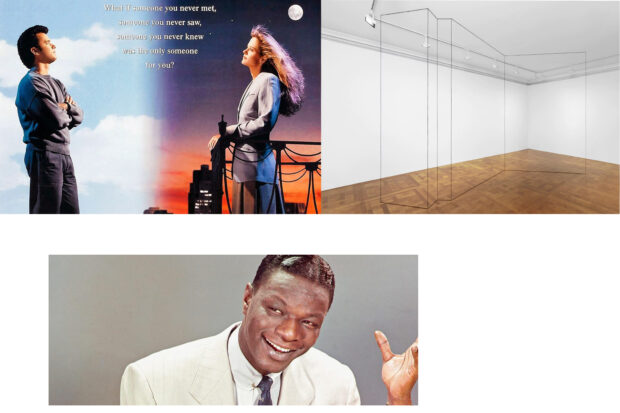
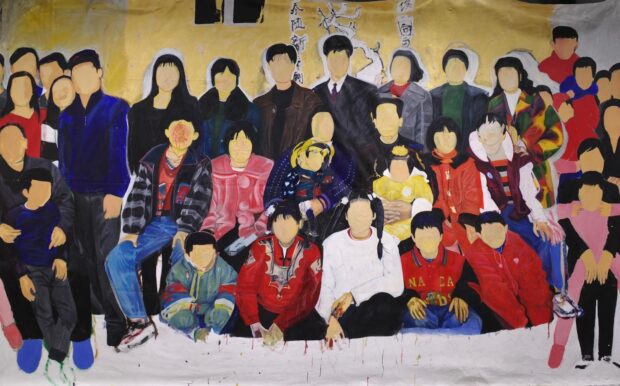
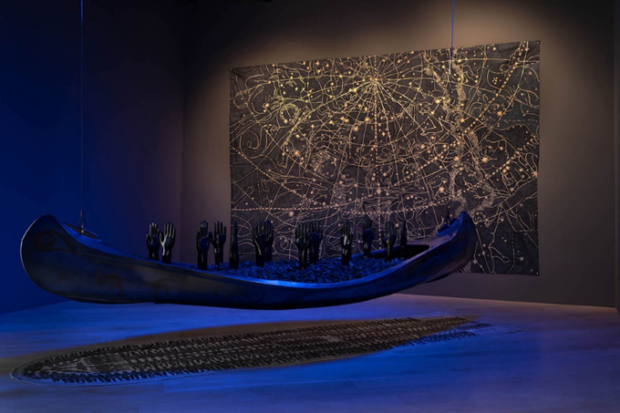
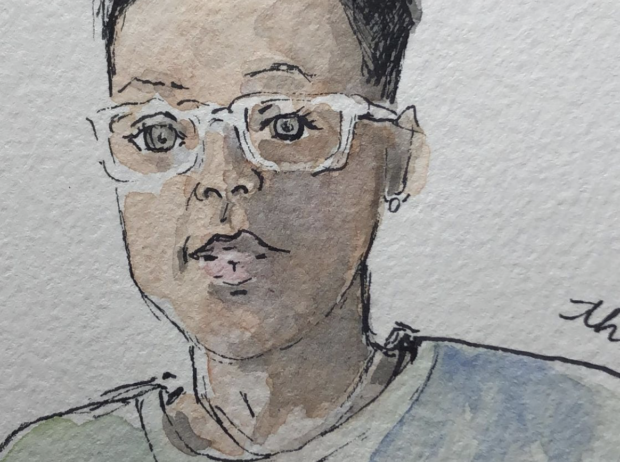
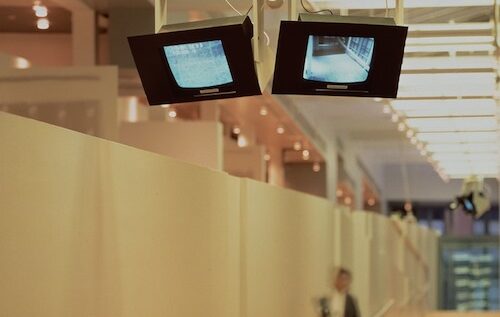
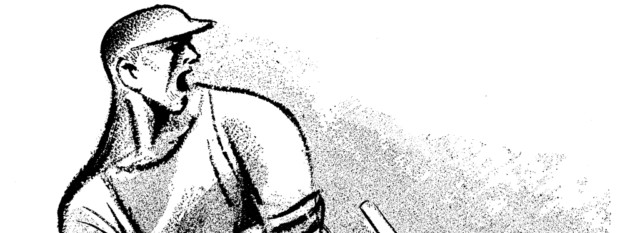

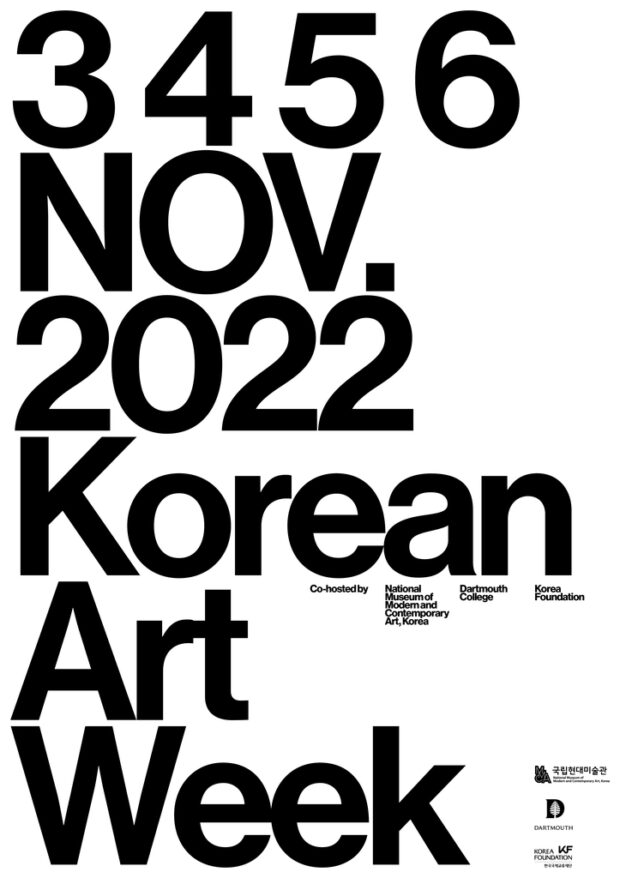

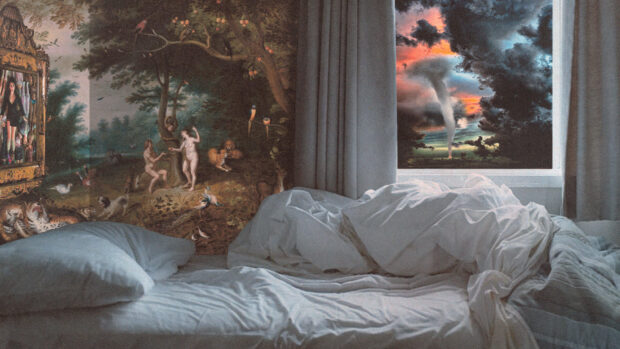
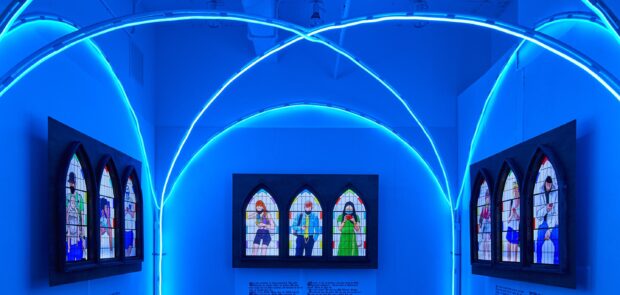
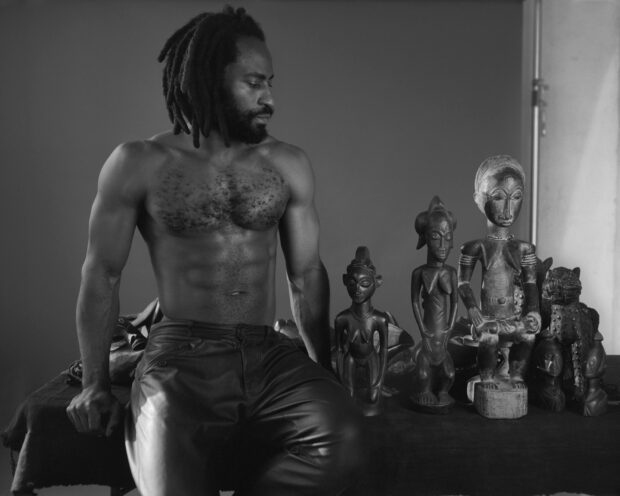
[…] at PS1, Brett Lazer on Robert Venturi and Denise Scott Brown’s Learning from Las Vegas, Bobby Brennan on Christian Marclay’s The Clock at Paula Cooper, and Rae Kaplan on Esteban Vicente at the Grey Art Gallery and Daniel Haxall’s recent lecture […]
Thanks for your account, so I can get an idea of what I missed–I (stupidly) tried to go on closing day, and had to give up in the face of a 3 hour wait in 40 mph winds!
Thanks for this! For me, the two hours watching the clock felt like twenty minutes, and the hour wait to get in felt like two hours and forty minutes… so I guess it all worked out in the end.